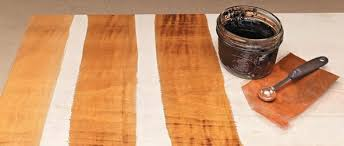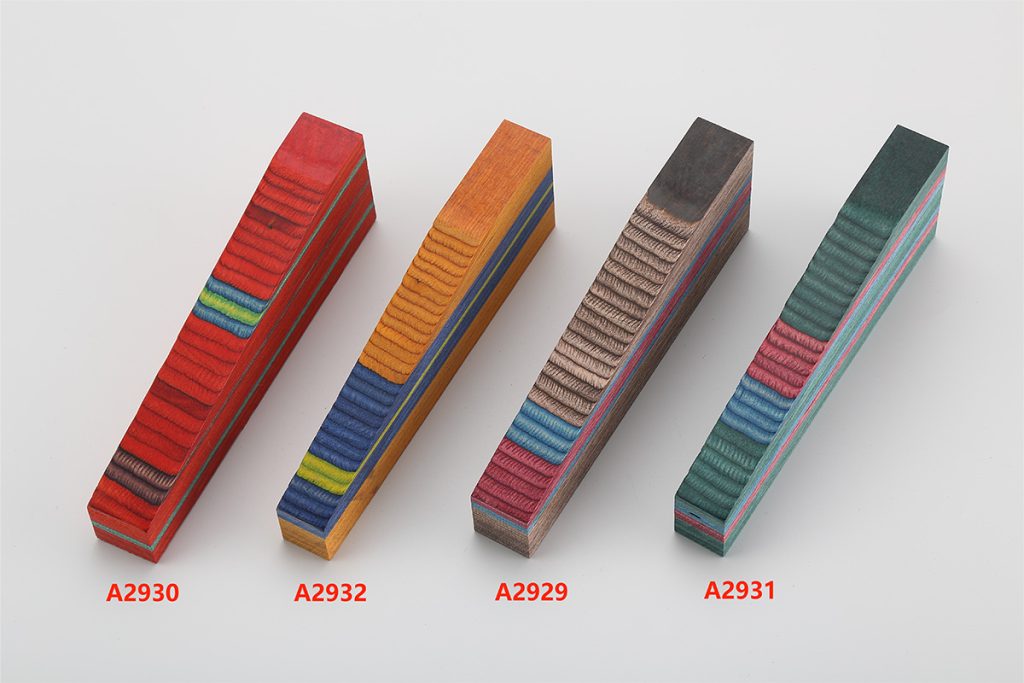Wood has always been a popular material for various applications, including furniture, construction, and decor. can be enhanced to not just natural hues but also vibrant colors?
Yes, we are talking about colored plywood, a versatile and visually appealing option for your next project.
Can Plywood Be Colored?
Yes, plywood can be colored through dyeing during its manufacturing stage. Dyes are infused into the layers of plywood, allowing for a consistent color throughout the material.
This is achieved by using either water-based or solvent-based dyes that are applied and absorbed into the wood veneers before they are bonded together.
Water-based dyes:
·Are less toxic and more environmentally friendly than solvent-based dyes.
·Have a lower risk of flammability and are safer to use in confined spaces.
·Can provide a variety of colors and are often used when a natural look is desired, as they can penetrate into the wood veneer more evenly.
·Require longer drying times and may need heat setting to enhance colorfastness.

Solvent-based dyes:
·Are typically more concentrated and can produce a deeper, more vibrant color.
·Are faster-drying and can be used to achieve more intense shading or highlighting effects.
·May have stronger odors and may be more flammable, requiring proper ventilation and safety precautions.
·Can be used to create a variety of looks, from translucent to opaque, depending on the application technique.
What Are the Different Colors of Plywood?
The color of plywood can range from light to dark, depending on the species of wood used. For example:

Whether you’re looking for a subtle touch or a bold statement, there’s a colored plywood for every occasion.
·Pine is usually a light yellow to whitish color.
·Birch is a light to medium-dark reddish-brown.
·Oak can be a medium to dark brown with a reddish tint.
·Mahogany is a deep reddish-brown.
·Walnut is a dark brown, almost black.
What Plywood Is Best for Painting?
For most painting projects, the key factors to consider are the surface quality and the type of paint you’ll be using.
A smooth surface will allow for better paint coverage and a more professional finish.
Here are a few types of plywood that are commonly used for painting:
1.PureBond® Plywood: This type of plywood is made with formaldehyde-free adhesives, which can be a healthier option for indoor use where the painted surface will be in close contact with people.
2.Chopped Strand Mat (CSM) Plywood: Also known as “craft plywood,” this type of plywood has a smooth, consistent surface that is often used for crafting and painting projects.
3.Hardwood Plywood: Hardwood plywood, especially those with a smooth face like maple or birch, is often used for high-quality painting projects where a natural wood look is desired but not required.
4.Oriented Strand Board (OSB): OSB is a less expensive alternative to plywood and can be painted, but it may not have the same level of smoothness as some other types of plywood.
Is Plywood 100% Wood?
Plywood is made primarily from wood, but it is not composed of a single piece of solid wood.
Instead, plywood is a manufactured product made from thin layers of wood veneers that are glued together to form a stronger, more stable sheet.
The wood content can vary depending on the type of plywood:
·Softwood Plywood: Made from softwood veneers, such as pine, spruce, or fir.
·Hardwood Plywood: Made from hardwood veneers, such as maple, oak, or mahogany.
·Composite Plywood: May include a combination of wood veneers and synthetic materials, such as particleboard or recycled wood fibers.
Conclusion:
Colored plywood is a delightful material that brings a splash of color and creativity to any project. From its vibrant hues to its practicality, it’s a must-consider option for those looking to add a unique touch to their furniture, walls, or any other surface.

